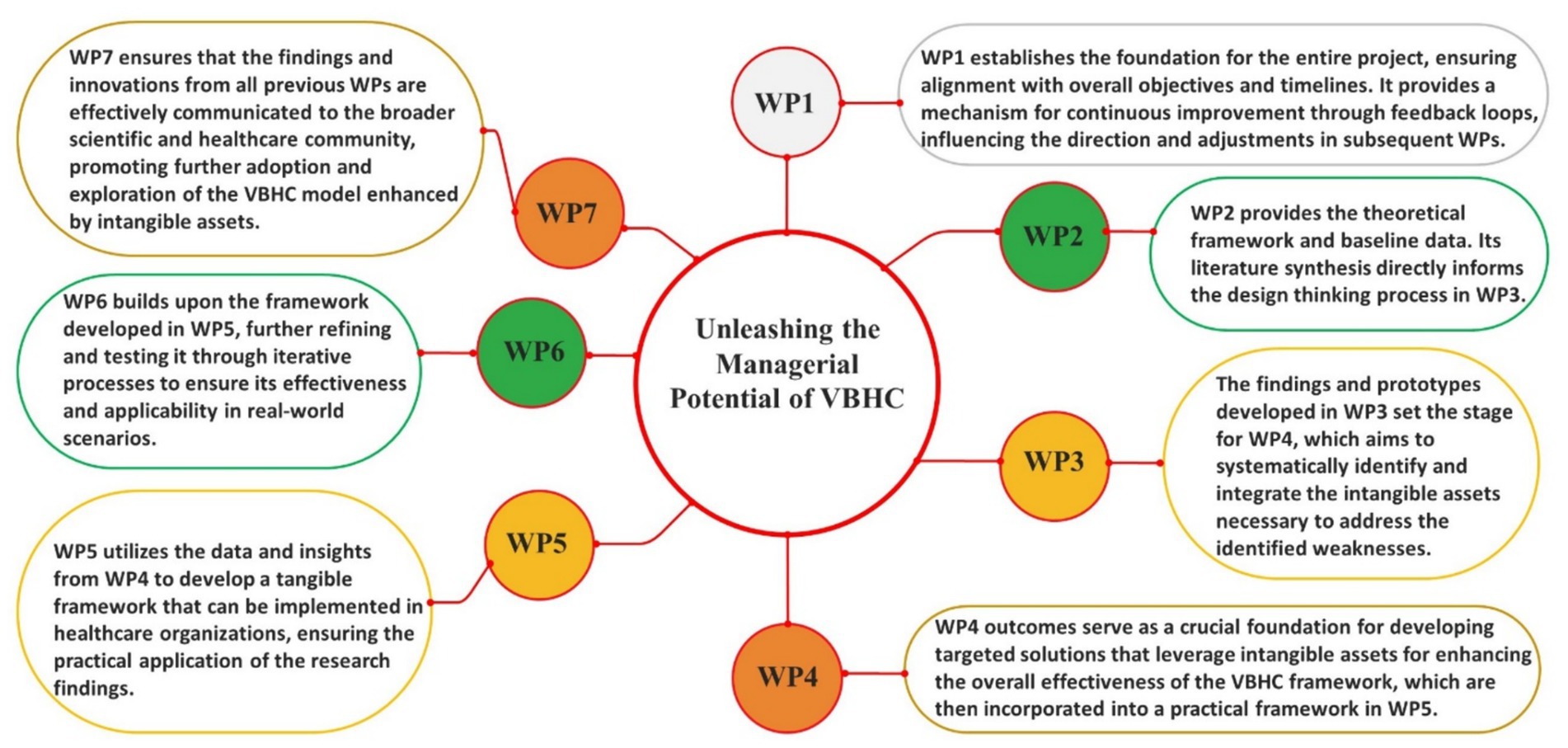
# How to Discover Inner Serenity
In the rapidly moving world of today, achieving inner serenity may seem difficult to attain. With persistent distractions, obligations, and a deluge of information, it’s simple to become disconnected from the deeper aspects of ourselves that yearn for equilibrium and peace. Many individuals seek inner serenity but find it challenging to realize, as it often involves altering our viewpoint on life, releasing the past, and adopting new practices.
In this piece, we will delve into the essence of inner serenity, some fundamental philosophies that can assist, including the notion of impermanence, and actionable steps to incorporate peace into your everyday existence.
## What is Inner Serenity?
Inner serenity denotes a state of mental and emotional stillness, unaffected by external pressures. It is the capacity to remain calm regardless of outside conditions. When you experience inner serenity, you no longer feel perpetually burdened by worry, tension, or frustration.
It’s important to understand that inner serenity does not imply a constant state of happiness or ecstasy. Rather, it resembles a balanced, stable sensation, a feeling of satisfaction, where external ups and downs no longer govern your internal emotional landscape.
### Impermanence: A Fundamental Principle of Inner Serenity
A key teaching in Buddhism centers on the idea of **impermanence**. Impermanence, or “Anicca,” is the acknowledgment that all things undergo continual change. Nothing in the material realm is eternal, and this awareness is both essential and freeing.
Mountains wear down over time, rivers alter their paths, and even the cells within us are continually renewed, invariably transforming. Everything in existence, from joyous moments to challenging experiences, will ultimately fade. Recognizing this truth can enable us to liberate ourselves from needless suffering.
To some, this might appear to be a daunting or melancholic reality, but in truth, accepting impermanence fosters a sense of peace. When we understand that nothing endures indefinitely, we lessen our unwarranted attachments and worries. During tough times, this insight can remind us that all things—including discomfort—are transient. In moments of happiness, it enhances our appreciation of them, as they too will also come to an end.
### How Embracing Impermanence Can Lead to Freedom
Acknowledging this truth of impermanence can aid us in overcoming the emotions of fear and desire that often disrupt our peace of mind.
As the writer noted, both joyful and challenging phases of life are temporary, and clinging to them or resisting them results in unnecessary pain. Grasping the concept that everything—from our greatest achievements to our deepest losses—will eventually pass is crucial for engaging with life from a place of greater wisdom and acceptance.
> “For me personally, it has also been one of the most liberating teachings to live with. When I have been in hard situations, I know **this too will end**, and the same is true for anything too exciting or wonderful.”
This doesn’t imply that we should become apathetic towards life’s experiences, but rather, we should fully welcome them while they last, without trying to manipulate or overly attach ourselves to results.
## Actionable Steps to Foster Inner Serenity
Cultivating inner serenity is a continuous journey that encompasses mental, emotional, and spiritual practices. Here are some essential techniques you can start to embrace to invite more tranquility into your daily routine:
### 1. **Mindfulness Meditation**
Mindfulness entails being entirely present in the moment and accepting it without any judgments. In practicing mindfulness, you create a space between yourself and your responses. This enables you to perceive situations more clearly, respond effectively to challenges, and release stress.
**How to Practice Mindfulness**:
– Find a serene location to sit comfortably and concentrate on your breathing.
– When your thoughts drift, gently redirect your focus back to the sensation of your breath.
– Over time, you will notice that even in your daily activities, you can engage in mindful awareness and quiet your mind.
### 2. **Acceptance**
A significant amount of the suffering we encounter arises from resisting what is. We struggle with the present moment by wishing it were different or attempting to control circumstances that are beyond our influence.
Instead, practice *acceptance*. Life will invariably involve obstacles, disappointments, and transformations—when we acknowledge this, fewer things disrupt our serenity.
### 3. **Gratitude**
Focusing on what is flourishing in your life, regardless of its size, shifts your perspective from scarcity to abundance. When you cultivate gratitude, you are less inclined to concentrate on what is lacking or yearn for changes. Consequently, a grateful mindset nurtures inner calm.
**How to Practice Gratitude**:
– At the beginning or conclusion of each day, list a few things for which you are grateful.
– Make this a consistent practice to train your mind to recognize the positive aspects of everyday life.
### 4. **Release Guilt & Shame**
As emphasized